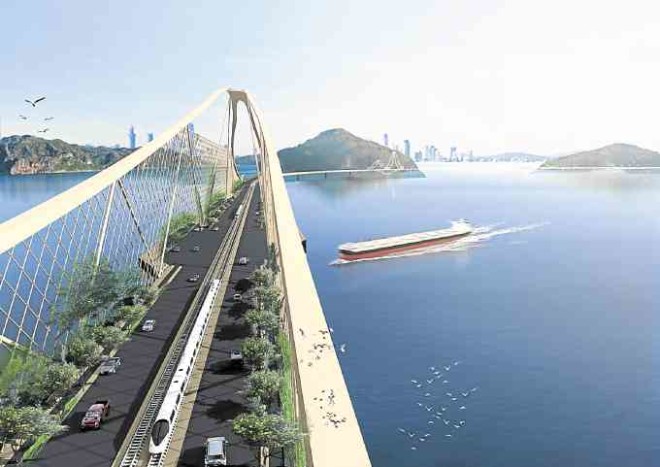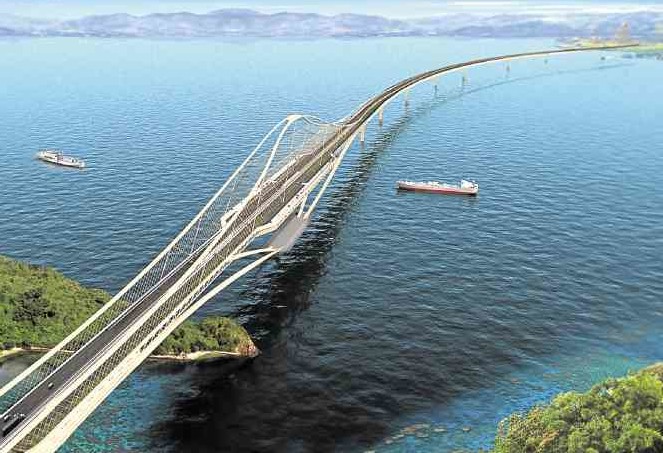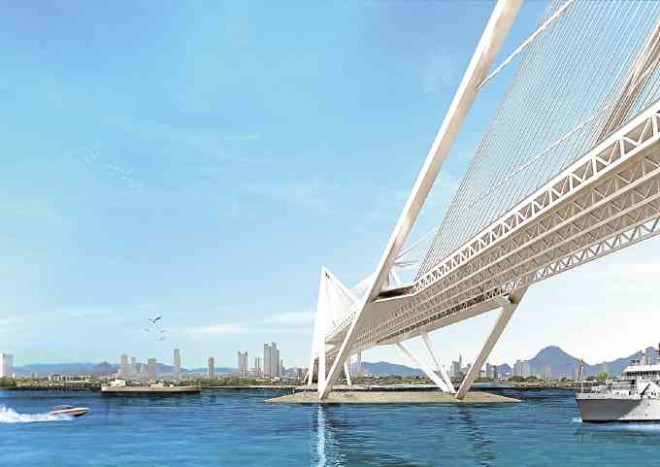
Filipino design team Budji + Royal Architecture + Design will present their take on “Adaptive Cities” in Taipei this week. The city is this year’s World Design Capital, designated by the International Council of Societies of Industrial Design every two years to recognize a city’s innovative use of design.
Design consultant Budji Layug and architect Royal Pineda took into account this year’s theme, “Adaptive Cities: Design in Motion,” and focused on the application of permeability to design and architecture.
For Budji + Royal, permeable material is sheer, lightweight and intelligible with a level of penetrability to the elements that can be managed to a sustainable advantage. They started by designing three major bridges linking the major island groups of the Philippines with the intention of completing a nationwide circuit.
These bridges, measuring as long as 30 km, are seen to support socio-economic growth through borderless trade and travel that will change how time and resources are allocated on a national level.
Their proposed design for the Davao-Samal bridge is a clutter-free study of angles. The team was inspired by the angular designs found in traditional Mindanao houses. The bridge was designed to provide a direct connection between Davao and Samal, offering a faster connection than the current 15-minute ferry. It will directly benefit tourism development while unclogging traffic in the city.
As a medium for sustainability, this permeable design allows air and natural light to enter while keeping out rain and ultraviolet rays. Budji + Royal took this concept of permeability and imagined it as sheer awnings over huge swathes of urban sprawl. In their design, new and old buildings are covered with sculptural mesh and crawling plants, softening and revitalizing the cityscape.
Permeable architecture can serve as a new city fiber that helps manage heat, absorb pollution, harvest rainwater, and generate power. Since it also filters rain and UV rays, it will hopefully encourage people to walk short distances. Architecturally, permeability can also function as a barrier without total disconnection of space.
The permeable concept has been studied and used in furniture and product design in the past.

Examples include the lightweight, durable and easy to maintain metal furniture by Budji Layug and Schema, and the curvy one-of-a-kind pieces by award-winning furniture designer Kenneth Cobonpue.
For more information on WDC Taipei 2016, visit www.worlddesigncapital.com.













































